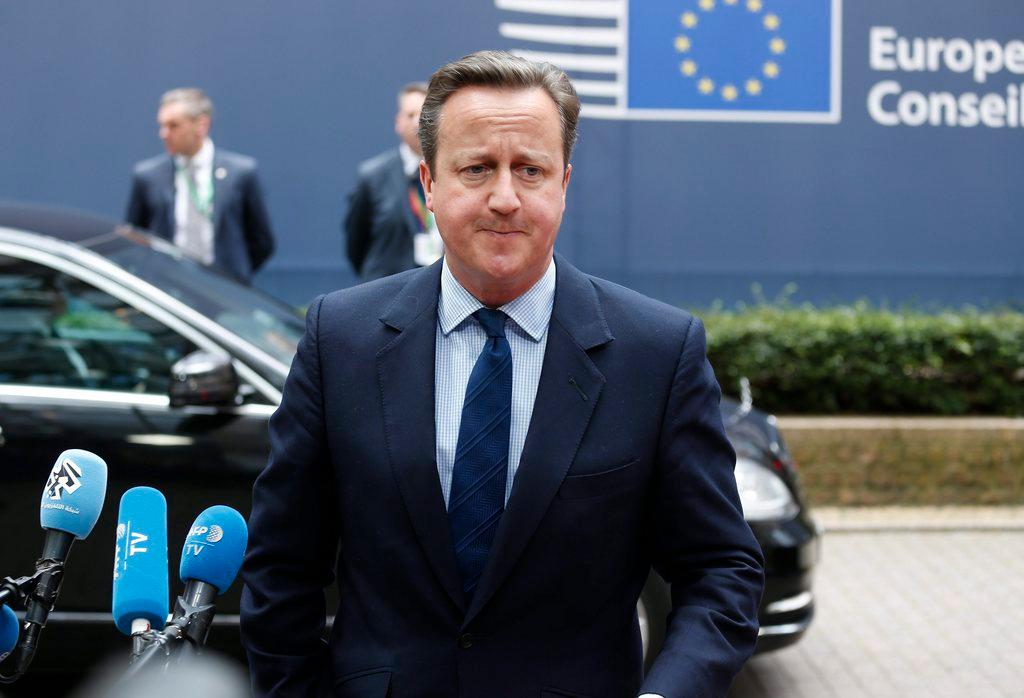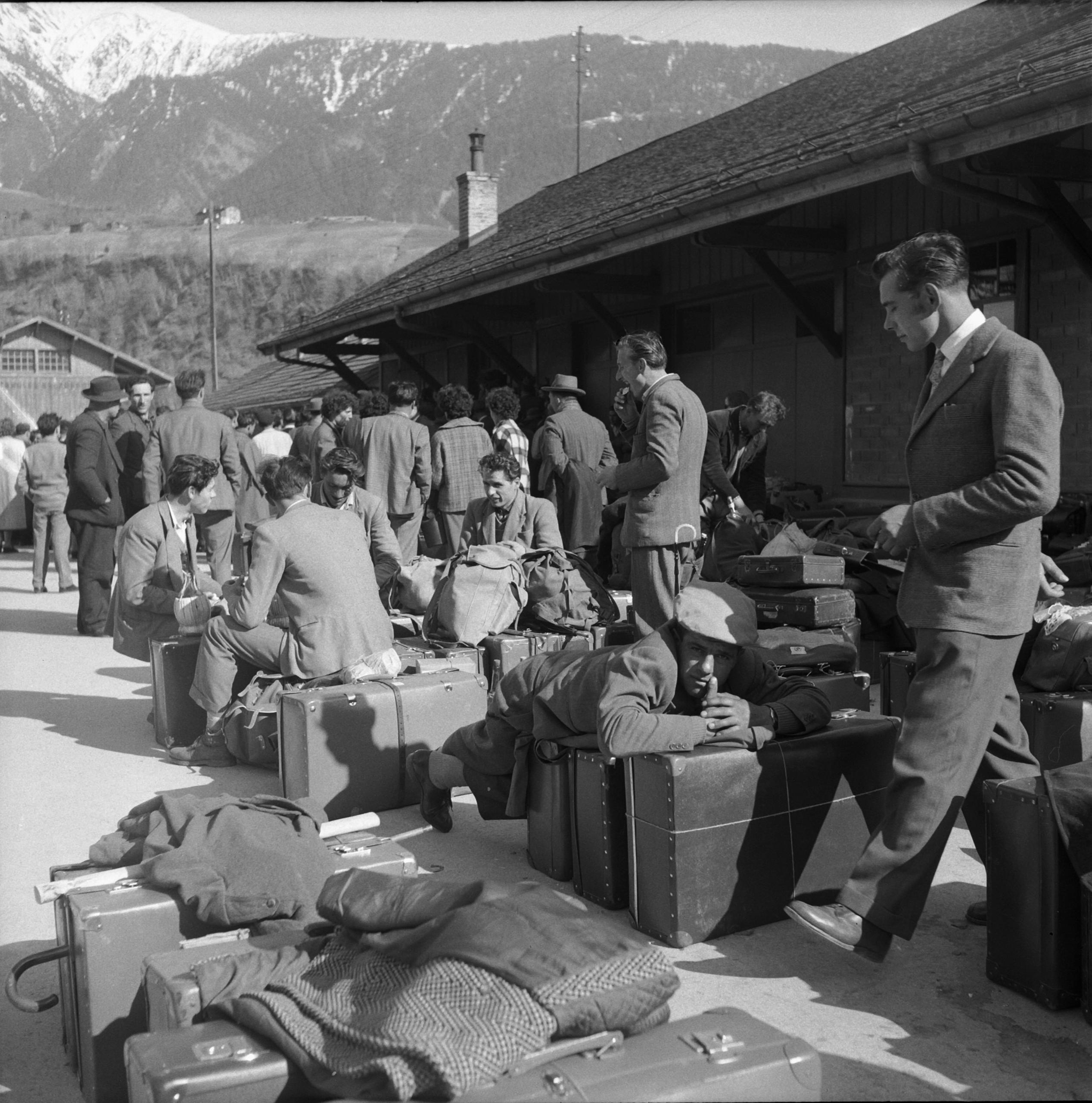Free movement of EU workers has worked for Switzerland – so far

A government report underscores the importance of Switzerland’s free-movement accords with the European Union – and offers Britain a potential glimpse of life after Brexit under the Swiss model.
The report highlights an aspect of Swiss life already evident to many – a heavy reliance on foreigners in the Swiss labour force. The strong Swiss franc and a recent vote in favour of imposing immigration quotas, however, could unravel the arrangement.
With the UK deciding in a recent referendum to leave the EU, all eyes have focused on the new adjustments required of the soon-to-be 28-minus-1 member block. Critical among them is the free movement of people, one of the EU’s non-negotiable conditions of trading. The so-called “Swiss compromise” – a set of bilateral agreements that give non-EU member Switzerland access to the common market – are sometimes cited as a potential model for the UK to follow.
On Tuesday, the State Secretariat for Economic Affairs (SECO) released a 114-page report External linkon 13 years of the compromise arrangements. Since 2002, the Swiss labour force has increased by 812,000 people – a rise of 13.6% – and slightly more than half were either foreign or “cross-border” workers.
Some 337,000 were Swiss; another 331,000 were foreign workers living in Switzerland. The other 144,000 were workers who regularly cross borders from among the five countries that surround Switzerland: Austria, France, Germany, Italy and Liechtenstein.
The numbers also underscore the Swiss government’s difficulties in taking into account the 2014 Swiss vote to limit immigration from the EU. For Britain, Switzerland’s experience shows EU workers can coexist with the native labour force.
Switzerland – a quarter of whose inhabitants are foreigners – faces a February 2017 deadline to implement voters’ narrowly approved decision in February 2014 to limit immigration from the EU. A set of treaties governs Swiss-EU relations and contain a “guillotine” clause to nullify all if one is eliminated. The EU also is Switzerland’s biggest trading partner.
Swiss impact
The influx of EU workers was uneven. The highest proportions are in the Lake Geneva region (25%) and the cantons of Ticino and Zurich (19% each). The picture shifts slightly in terms of cross border workers: Italy-bordering Ticino (28%) has the lead, followed by Lake Geneva (12%) and Germany-facing northern Switzerland (10%).
Management, scientific and technical jobs – areas with lower-than-average rates of unemployment –accounted for about two-thirds of the increase in jobs filled by EU workers.
EU and particularly cross-border workers also played an outsized role in filling jobs in services, sales and the food industry, all areas with an unemployment rate that is higher than average.
Overall, EU workers tended to fill jobs for those with above-average qualifications.
The EU workers helped meet a demand for employees in sectors with less Swiss interest. For example, immigration from the EU compensated for the exodus of Swiss and third country (non-EU) workers from trade, transport and manufacturing.
Trends
The demographics of EU immigrants has changed since 2002. Until 2008, it was the Germans and other immigrants from the north and west of Europe that made up the bulk of the foreign workers.
Since the global financial crisis of 2008-2009, their numbers have diminished while those from southern austerity-hit European countries like Italy, Spain and Portugal have kept increasing. But the jobs that are available to them tend to pay less.
The strong Swiss franc, considered a safe haven in times of global stress, also has affected export-oriented industries. Employers have laid off workers, or made others accept salaries in euros.
According to Trade Union Federation these factors could affect Swiss-EU worker harmony. Already, Switzerland appears to be less attractive – or tougher to enter – for EU workers. Some 3,000 fewer EU workers entered the Swiss labour force in 2015 than the year earlier.
For the UK, the Swiss report’s message is that coexistence is possible with the native labour force and that EU workers will come if there are jobs available for them.
Has the free movement of people within the EU benefited your country? Let us know in the comments section below.

In compliance with the JTI standards
More: SWI swissinfo.ch certified by the Journalism Trust Initiative















You can find an overview of ongoing debates with our journalists here . Please join us!
If you want to start a conversation about a topic raised in this article or want to report factual errors, email us at english@swissinfo.ch.